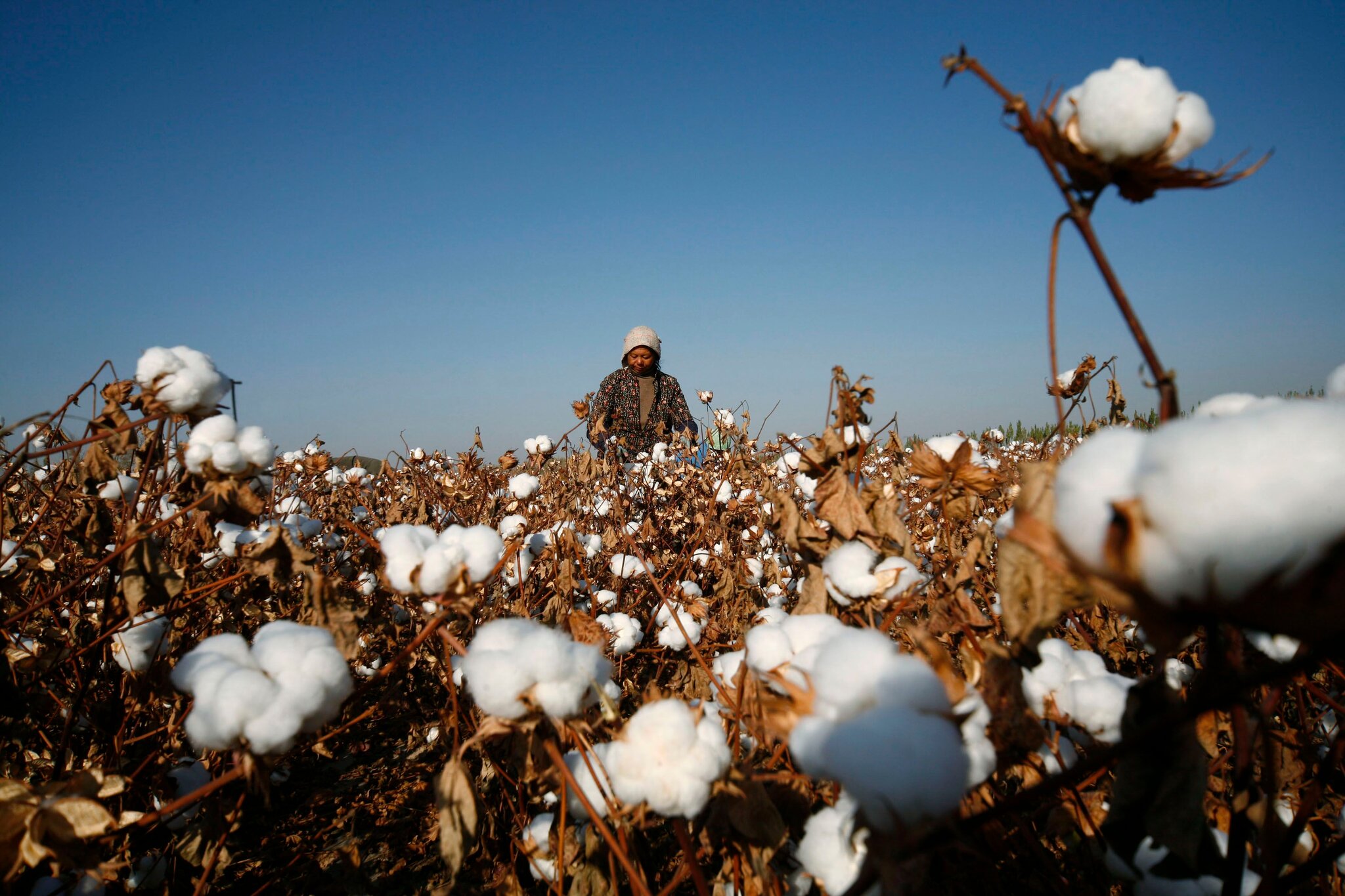
Over the years, Vietnam has emerged as a major trading partner for the United States, but a closer look reveals a fascinating twist. The Southeast Asian nation's impressive trade surplus with the US is intricately linked to its import-heavy relationship with China.
US surplus backed by China
World Bank statistics and Reuters’ analysis reveal a fascinating trend. The increase in Vietnamese exports to the US coincides almost perfectly with a rise in Vietnamese imports from China. In 2022, the US imported goods worth over $114 billion from Vietnam, more than double the amount in 2018. This rise tracks closely with the increase in Chinese imports to Vietnam. In the first three months of 2024, US imports from Vietnam totalled $29 billion, while Vietnam's imports from China amounted to $30.5 billion.
Table: Vietnam’s export/import to US and China
|
Country |
Vietnam exports ($bn) |
Vietnam imports ($bn) |
Trade surplus (deficit) ($bn) |
|
USA |
90.7 |
43.4 |
47.3 |
|
China |
74.1 |
132.8 |
-58.7 |
Experts see this as a potential case of trade deflection. Darren Tay, Lead Economist at BMI, a research firm, believes Chinese firms might be routing goods through Vietnam to bypass additional tariffs imposed by the US on Chinese import. This strategy allows them to remain competitive in the US market while Vietnam enjoys a growing trade surplus. Tay feels Chinese firms could be using Vietnam to circumvent the additional tariffs imposed on their goods. This could potentially lead to future trade actions by the US against Vietnam.
Textiles and apparel lead growth
Vietnam's booming textile and apparel industry is a key driver of this surplus. The Vietnam Textile and Apparel Association estimates garments and textiles make up almost 65 per cent of Vietnam's exports to the US. This translates to a significant portion of the surplus - estimated at around $58.8 billion in 2022 based on US Census Bureau data.
This industry thrives due to several factors:
Low labor costs: Vietnam boasts competitive wages compared to developed nations, making it an attractive destination for apparel manufacturing.
Free trade agreements: Trade deals like the Trans-Pacific Partnership (TPP) have granted Vietnamese apparel duty-free access to the US market, further boosting exports.
The China connection
Interestingly while Vietnam ships finished garments to the US, a closer look reveals many of these products began their journey in China. China acts as a crucial supplier of raw materials (like fabric) and intermediate goods (like zippers and buttons) that are then assembled in Vietnam for export. This dependence on China creates a unique situation.
Balancing act: Vietnam's trade deficit with China helps it to offset surplus with the US. In essence, Vietnam acts as a middleman, importing parts from China and then exporting finished products to the US.
Potential scrutiny: The US may view this situation with suspicion. There's a concern that some Chinese companies might be routing their goods through Vietnam to avoid tariffs imposed on Chinese imports. This could lead to future trade actions by the US against Vietnam.
The relationship between Vietnam, China, and the US is a delicate dance. While Vietnam benefits from increased exports to the US, it relies on China to keep its factories running. This dependence leaves Vietnam vulnerable to potential changes in US-China trade relations. If the US were to impose tariffs on Vietnamese goods to counter perceived trade deflection, Vietnam's economic house of cards could come tumbling down. Therefore, Vietnam needs to diversify its supply chain and focus on innovation to ensure sustainable long-term growth.












